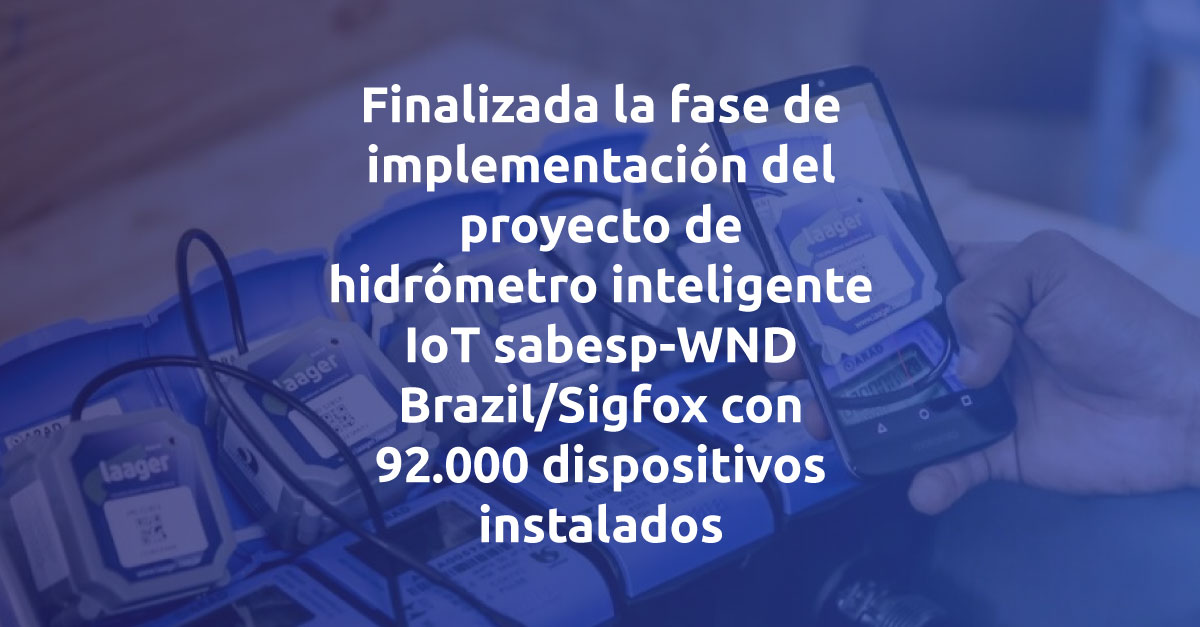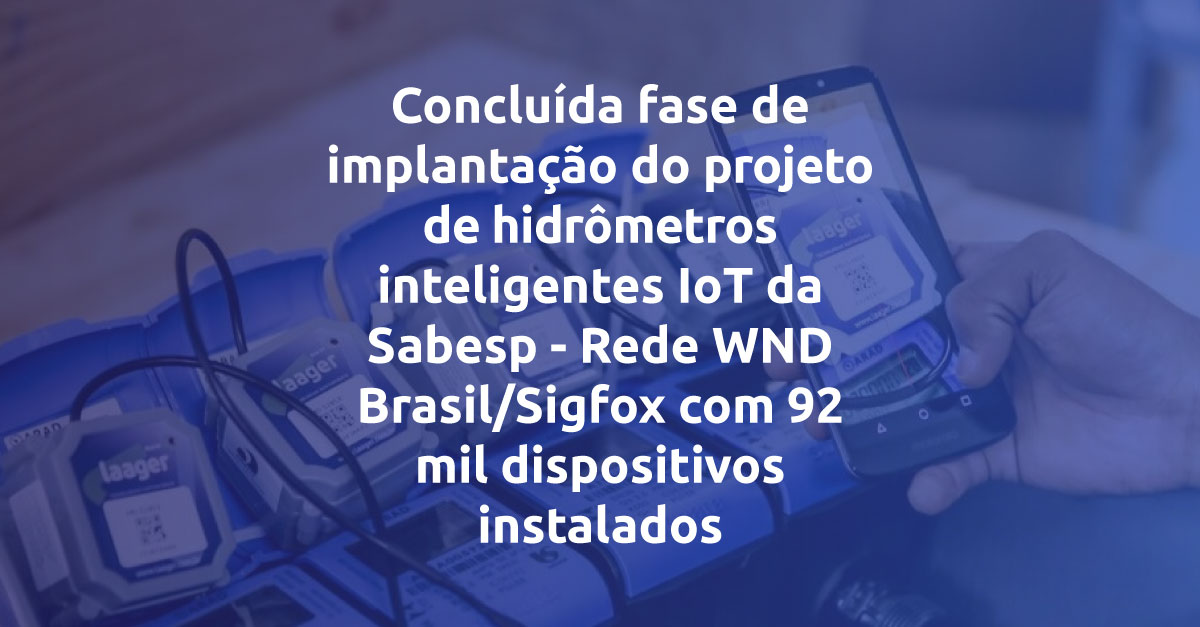Source: Enterprise IoT Insights
From a global pandemic, and a run on certain goods (like toilet paper), to severe natural disasters and more, everyone can agree that nothing in 2020 went according to plan.
However, some of this disruption demonstrated the need for new technologies to solve for challenges presented by, but not limited to, the pandemic. One of those technologies, IoT, is especially poised to help enterprises drive efficiencies, provide insights and improve bottom lines in 2021. Here’s how:
A better approach for returning to work
As more companies push for the return to work in 2021, office and building managers have a challenging task ahead of them: preparing shared office spaces so that employees feel safe. Luckily, IoT can make this process easier and give HR and other building managers the ability to help employees feel comfortable returning to shared working spaces.

First, IoT devices placed on desks can not only help enforce social distancing measures, but also make sure that desks are properly sanitized in between uses by detecting if someone has left the workspace and signaling to a janitor that the desk is ready for cleaning. Likewise, the IoT can help with air quality monitoring in offices and buildings, ensuring that the facility is properly ventilated.
IoT-enabled contact tracing allows for low-cost solutions to be used in office spaces, enabling employers to detect contact between someone who has tested positive and others in the workplace or building. By giving employees a keychain or bracelet with an IoT sensor in it, employers can safely see who may have been in contact with a colleague who tested positive, giving them notice to take proper precautions.
These IoT devices not only provide a visual and haptic alert (such as a vibration) to ensure non-verbal cues to ensure social distancing but also ensure the identities of all employees involved in an outbreak are kept confidential. HIPAA regulations in the US and GDPR in the EU require the confidentiality of identifiable personal information and health related information this is critical for employees to adopt the technology without being worried about their personal information
More visibility and efficiency in the supply chain
However, the IoT will touch far more industries than just office spaces in 2021. As in the past, supply chains will continue to reap the benefits of IoT and expand upon past use cases – especially as the run on supplies in the spring and concerns around shipping and tracking medical equipment, like PPE or vaccines, remain top of mind.
IoT-enabled tracking devices combining location services and sensors such as temperature, humidity, motion, light etc. give complete visibility during an asset’s journey inside and outside customer locations. Should an issue arise, stakeholders are immediately aware of the location of the asset and can work on a retrieval or rectification solution instead of spending time finding it. The focus is on the solution rather than the problem. With the IoT, transportation losses are minimized, and customer experience is improved.
As global supply chains become more complicated, the level of visibility that the IoT can provide cannot be understated. This becomes especially critical when handling items such as food or medicine – which often need to be stored at certain conditions to ensure integrity. By monitoring the conditions of these items, suppliers can guarantee not only a timely delivery, but a safe one.
A more sustainable IoT ecosystem
The coming year won’t just be about new use cases for the IoT but a different approach to IoT itself, especially when it comes to sustainability. As more companies aim to reduce waste and emissions, so too will IoT device manufacturers begin to move away from single use devices.
Instead, reusable, recyclable, rechargeable, and energy harvesting devices will come to market to limit waste and create greener solutions for customers. Likewise, IoT users will begin to look for connectivity options that are low-powered and prolong battery life to save on energy and further reduce waste. There will also be new applications of the IoT to increase sustainability across both organizations and cities.
For example, IoT enabled smart metering can manage flows of energy into and from power grids efficiently in real time. IoT can prevent grid failure, protect against energy theft and enable homeowners to send excess renewable energy from their solar panels back to the grid. Likewise, other use cases, such as using the IoT to locate returnable industrial packaging will also become a focus in the new year.
The need to deliver value
With many companies cutting back due to the pandemic, one thing is for certain: whatever technology investment an organization is making, it must deliver ROI. IoT – especially with devices on low-powered wide area networks – does tend to deliver value, so long as the use case is right for the company.
To ensure dollars are well spent, organizations should take the time to think about what aspects of operations need improvements and where the IoT can help achieve the desired efficiencies. Enterprises then should choose a partner who will work to get the deployment quickly off the ground so that value can start to be derived right away.
While everyone is looking forward to 2021, those in the IoT space have extra reason to be excited. 2020 has accelerated the IoT and shown the value it can bring to those who have deployed it. In the new year, that digital transformation will continue creating more insightful, connected businesses across industries and around the world.



